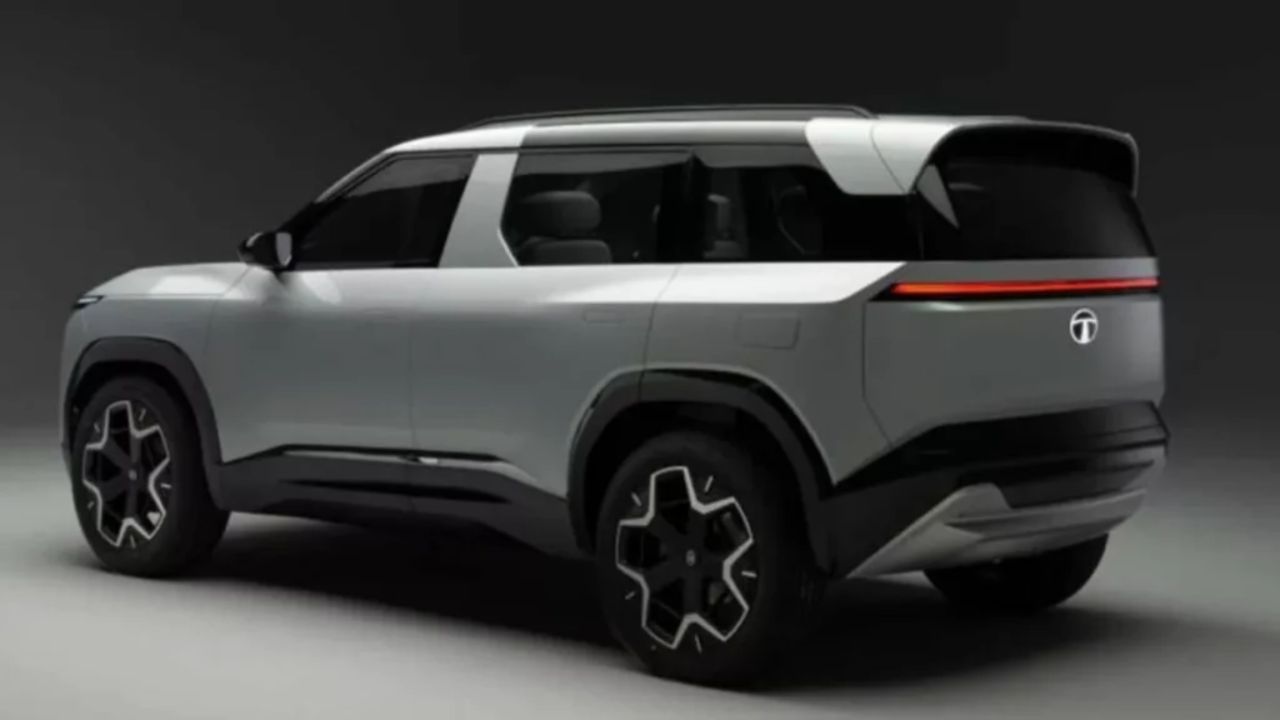The Tata Sumo, a name deeply rooted in India’s automotive history, is poised for a potential comeback—this time as an electric vehicle. Revered for its rugged durability, spaciousness, and affordability, the original Sumo served as a reliable workhorse for decades. Now, Tata Motors appears ready to infuse this beloved SUV with new life through electrification, blending the spirit of the past with the innovation of the future.
“The Sumo wasn’t just another vehicle in our lineup—it represented a philosophy of accessible, dependable transportation engineered specifically for Indian conditions,” reflects Mohan Sharma, a veteran Tata engineer who worked on multiple Sumo iterations.
Reviving such a legacy is no small feat. The challenge lies in staying true to the original’s utilitarian charm while embracing the demands of a modern electric vehicle. The original Sumo earned its reputation through mechanical simplicity—a ladder frame chassis, rugged suspension, and easy repairability. Bringing those values into an EV format demands fresh thinking without sacrificing practicality.
TyreHexa reports that Tata’s electrification push makes a Sumo EV not only possible but likely.
Rather than a direct replacement, the Sumo EV would serve as a spiritual successor—carrying forward its ethos of versatility and durability. Industry insiders suggest that while it will adopt a modern design, the SUV will still reflect the essence of the original: tall stance, boxy proportions, and a focus on interior space.
Design: Function Over Flash
Sketches making the rounds in automotive design circles show a Sumo EV retaining key visual traits—its upright posture, squared-off silhouette, and tall greenhouse. However, the overall design would be refined to include smoother surfaces and better aerodynamic efficiency, a must for modern EVs.
“You can’t just streamline it and call it a day,” says vehicle designer Priya Patel. “You have to respect what made the original functional while applying modern design principles.”
Expect features like chamfered edges, slim LED lighting, and a blanked-off grille inspired by Tata’s current EV lineup. The result? A tough yet clean design that embraces its utilitarian roots while delivering better range and efficiency.
Inside, the approach will mirror the original’s focus on simplicity and durability—but with modern tech in tow. Instead of luxurious materials, Tata would opt for hard-wearing, easy-to-clean surfaces. Digital displays and connectivity features would be present, but intuitive and user-friendly.
Powertrain: Electrification Meets Versatility
Tata is expected to base the Sumo EV’s powertrain on its proven Ziptron technology, seen in the Nexon and Tigor EVs. But given the Sumo’s size and purpose, significant upgrades would be necessary.
A dual-motor setup with 150-200 kW (201-268 hp) output could be ideal—delivering all-wheel-drive capability and the torque needed for tough terrains. Battery capacity may range from 60 to 75 kWh, offering 350-400 km of real-world range.
Energy expert Vikram Mehta highlights a major consideration: infrastructure. “To work in the Sumo’s traditional markets, it needs solutions for limited charging availability—like battery swapping, rugged chargers, and mobile power capabilities.”
Indeed, the Sumo EV could feature vehicle-to-load (V2L) technology, enabling it to power tools or buildings during outages—an invaluable feature for rural and commercial users.
Platform: Built for Tough Roads
Rather than repurpose a passenger car platform, the Sumo EV would likely utilize a skateboard-style architecture tailored for rugged use. A flat battery pack between strong frame rails would provide both low center of gravity and high ground clearance.
Suspension components would prioritize durability over comfort, using heavy-duty setups capable of handling overloaded rural roads and poor infrastructure.
Some industry observers even suggest that Tata may incorporate elements of body-on-frame design, retaining the structural resilience that defined the original Sumo while adapting to the needs of an EV. This would also enable multiple variants—like cargo vans, people movers, and even ambulances—much like the original did.
Use Cases: Evolving with the Times
While the original Sumo thrived in semi-urban and rural zones, its electric counterpart could broaden its appeal. With EVs offering lower operating costs and minimal maintenance, the Sumo EV could attract fleet operators, government agencies, and commercial transporters.
“Fleet buyers look at long-term costs,” explains economist Deepak Gupta. “If the Sumo EV offers reliability, range, and value, it could be a game-changer in the commercial space.”
Yet, Tata wouldn’t ignore private buyers either. Multiple trims—from basic commercial-spec versions to well-equipped family-oriented variants—could make the Sumo EV versatile for different buyer personas.
Innovative seating, transformable interiors, and generous cabin space could cater to modern Indian families while maintaining safety standards.
Smart Tech, Thoughtful Integration
Technology in the Sumo EV would be purpose-driven, not flashy. It won’t overwhelm users with gimmicks but offer tools that enhance utility.
Connectivity would focus on real-time range prediction, predictive maintenance, fleet management, and offline navigation—ideal for remote regions.
Safety tech, likely missing in earlier Sumos, would be standard here: electronic stability control, emergency braking, and basic driver assistance systems tailored for Indian roads.
“You want smart systems, not complex ones,” says electronics expert Rahul Khanna. “Make them modular, maintainable, and relevant.”
Market Challenges & Pricing
The Sumo EV wouldn’t just be another SUV—it would enter India’s growing but still-developing EV commercial market. Pricing is crucial. With a possible range of ₹18-22 lakh, it would sit above the Nexon EV but below luxury offerings.
To justify the price hike from the diesel Sumo of old, Tata will need to emphasize total cost of ownership, reduced maintenance, and long-term savings.
Government incentives could help boost affordability for fleet operators, while Tata may need to explore innovative financing or battery-leasing models.
Charging infrastructure remains a hurdle, especially in rural India. Solutions like battery swap stations, solar-assisted chargers, and partnerships with petrol pump networks may be necessary.
Honoring Legacy, Embracing Change
The Tata Sumo EV isn’t just about electrification—it’s about preserving legacy. The original Sumo earned trust through ruggedness, reliability, and honest value. Translating those values into a zero-emission package could help bridge the gap between old and new.
If Tata delivers on its promise, the Sumo EV could become a symbol of practical, accessible electrification-showing that EVs aren’t just for city commuters, but also for those who need real-world utility, day in and day out.
The stage is set. If Tata brings the Sumo EV to life, it could mark the return of a legend-one that rolls silently into the future, without forgetting where it came from.
Tata Sumo EV: Iconic SUV Returns as an All-Electric Powerhouse

